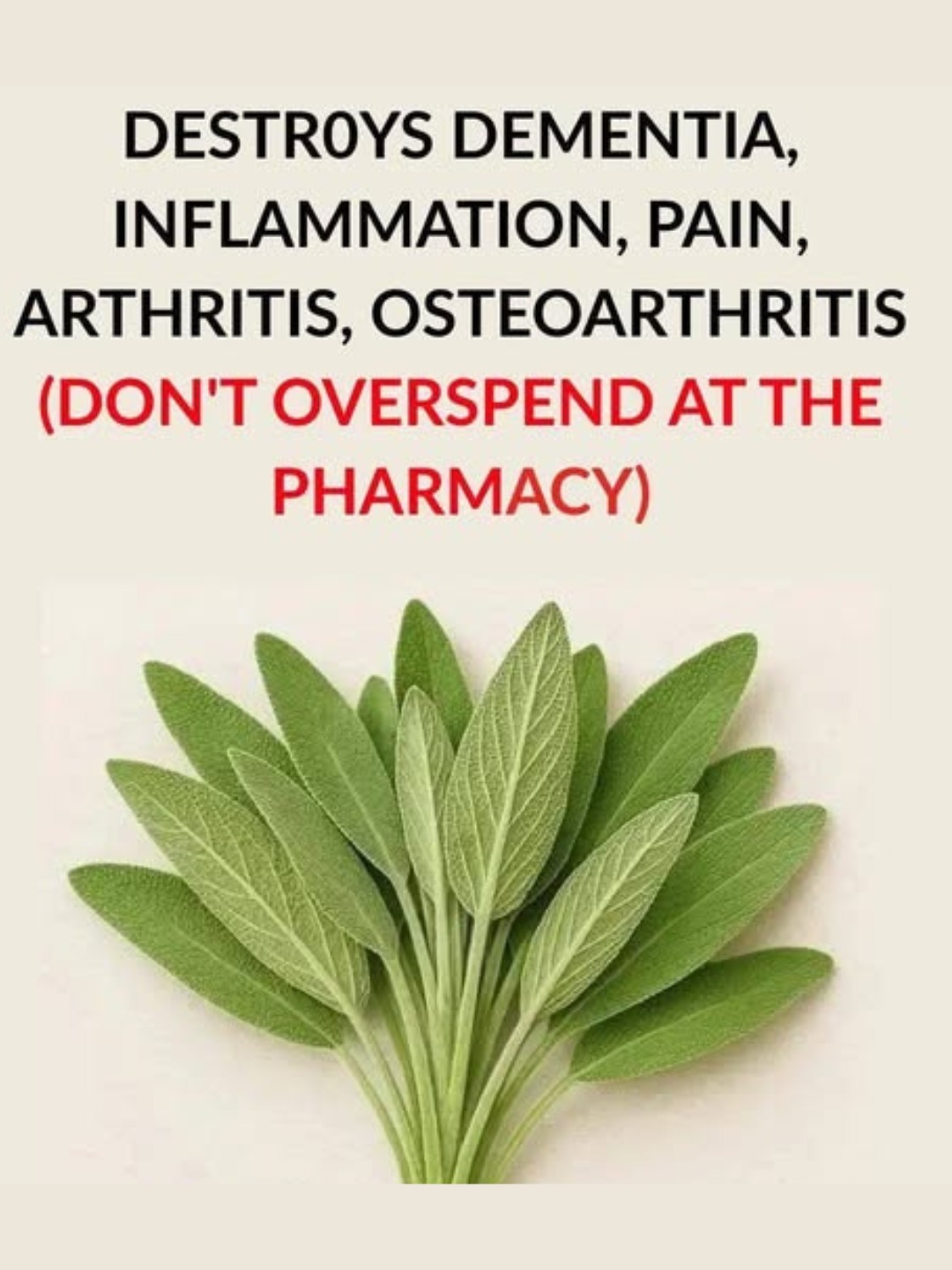Wild-caught salmon, sardines, and mackerel
Chia seeds, flaxseeds, and walnuts
These fats are known to:
Reduce joint pain and stiffness in arthritis sufferers
Improve brain function and memory retention
Lower levels of systemic inflammation
Support heart and mood health
“Omega-3s are like oil changes for your body,” says Dr. Lena Cho, a functional medicine expert.
“They keep your joints moving smoothly and your mind sharp.”
How to Use: Aim for two servings of fatty fish per week , or take a high-quality omega-3 supplement if you’re not a fan of seafood.
3. Ginger: Nature’s Pain Reliever
Ginger isn’t just for nausea or tea — it’s also a potent anti-inflammatory used for centuries in traditional medicine.
Modern research supports what herbalists have long known:
Ginger reduces joint pain and muscle soreness
Helps prevent inflammatory flare-ups
Can be as effective as ibuprofen for some forms of osteoarthritis pain
It works by inhibiting prostaglandins — the same pathway targeted by common painkillers.
How to Use: Brew fresh ginger tea daily, add grated ginger to stir-fries, or take ginger capsules under medical supervision.
4. Movement: The Best Medicine You’re Not Taking
Physical activity may seem daunting when you’re dealing with joint pain or fatigue — but it’s one of the most effective natural treatments for both arthritis and brain health .
Why it works:
Boosts blood flow to the brain and muscles
Increases production of BDNF (brain-derived neurotrophic factor) — crucial for memory and learning
Strengthens muscles around joints, reducing wear and tear
Improves sleep and lowers stress hormones
You don’t need intense workouts — just regular movement.
How to Start: Try walking, swimming, yoga, or tai chi. Even 15–30 minutes a day can make a world of difference.
5. Mediterranean Diet: Food That Heals
If there’s one eating pattern consistently praised by scientists, it’s the Mediterranean diet — rich in vegetables, fruits, whole grains, nuts, olive oil, and lean protein.
Benefits include:
Reduces risk of Alzheimer’s and vascular dementia
Lowers inflammation markers in the body
Supports heart and joint health
May delay or prevent age-related cognitive decline
This diet also encourages foods high in polyphenols and antioxidants — two key players in the fight against degenerative disease.
How to Follow: Swap processed snacks for olives, hummus, and raw veggies. Replace butter with olive oil and sugary drinks with herbal teas.
6. Stay Hydrated: A Simple Defense Against Pain
Dehydration can worsen:
Muscle pain
Water helps cushion your joints and flush toxins from your system — making hydration an easy yet overlooked tool in managing chronic pain.
Tip: Add lemon or cucumber slices for flavor — and extra detox benefits.
7. Prioritize Sleep: Your Body’s Repair Time
Poor sleep increases inflammation and weakens immune response — which means it can make arthritis worse and speed up mental decline .
To improve rest:
Maintain a consistent bedtime
Avoid blue light before bed
Practice relaxation techniques like deep breathing or meditation
Quality sleep gives your brain and body time to repair, reset, and rebuild — especially after a day of inflammation and stress.
8. Manage Stress: Protect Your Mind and Joints
Chronic stress releases cortisol , which fuels inflammation and damages brain tissue over time.
Ways to reduce stress naturally:
Mindfulness and breathwork
Journaling and gratitude practice
Spending time in nature
Engaging in creative hobbies
Lowering stress improves mood, immunity, and longevity — especially for those facing chronic conditions.
Final Thoughts: Take Control With Natural, Everyday Tools
You don’t need a pharmacy to start supporting your brain and joints.
By simply adjusting your diet, movement habits, hydration, and mindset , you can begin to:
Reduce inflammation
Ease pain naturally
Protect your cognitive future
Of course, these methods aren’t replacements for medical care — but they can complement it beautifully.
ADVERTISEMENT

